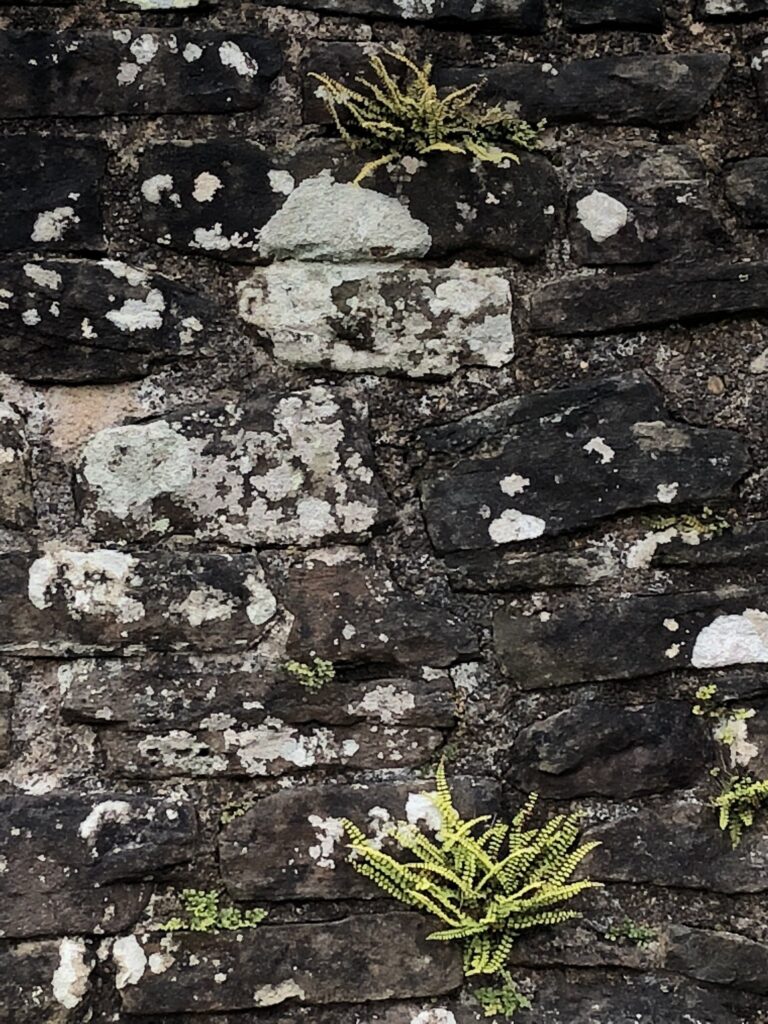Dear Integral Meditators,
If you were to learn to deal with your suffering in life, what might start to happen to your access to rapture and joy? The article below explores this question in a practical way…
In the spirit of baseballs and confetti,
One of the big gifts of my time as a Buddhist monk and studying Buddhism was its orientation around looking squarely at pain and suffering. Of course, Buddhas first noble noble truth is the ‘truth of suffering’; in our life it is absolutely certain that we will meet various forms of pain. The brief summary of Buddhas seven unavoidable sufferings would be: birth, ageing, sickness, death, parting from what we like, encountering things we don’t like, and uncertainty. So, the basic ‘mindful injunction’ here is ‘be ready’ because in multiple ways small and great you are going to suffer. The good news is that, if you are ready for the pain, then you can reduce the amount of pain you experience, and you can also use it to become wiser, happier and more capable in your life. Put another way, your suffering becomes useful to you.What are you expecting, a baseball or confetti?
Whether our suffering is useful to us or not depends alot upon our expectation. If you are standing there expecting life to throw confetti at you, then when a ‘baseball’ of suffering gets thrown your way, then you are going to be completely unprepared, and the likelihood is that it’s going to hit you flush in the face, and cause a lot of pain. If your ‘ready’ for the suffering, or ‘expecting the baseball to come at you’ then when it does, you can basically ‘catch’ it, without it really doing to much damage. For example:
- If I am wrestling with uncertainties in important areas of my life, if I have a sense that this is a ‘normal’ part of everyone’s life which I expect then I’ll be ‘ready’ to have to deal with it.
- If I expect my body to give rise to a certain amount of pain, to age and so forth, then chances are I’ll be able to work with pain when it occurs and relax more gracefully into the ageing process (and perhaps as a result staying ‘beautiful’ longer?)
- If when I engage in a romantic relationship I expect to have my emotional triggers and vulnerabilities pressed, then there is a much better chance I’ll be able to work with them, and preserve the beauty of the love in the relationship for longer, perhaps indefinitely….
The bottom line here is, if you are ready for it, then the capacity of suffering to cause painis much reduced, and the reduction comes in large part from your expectations…
The truth of rapture
Another truth that I think is equally important to grasp, but that isn’t explicitly in Buddhas four truths (but may be implicit?), is what I call the truth of rapture. This truth is really that life contains within it inherent forms of rapture, beauty and bliss. This rapture is available to all of us, but it exists amongst the suffering, messiness, uncertainty and difficulties of our life. The big payoff of opening to the truth of suffering well and courageously is that you them start to open up spaces in your life that contain wonder, beauty and amazement. Sometimes these experiences are quiet and unobtrusive, and sometimes they come to us in waves, loudly and in technicolour. If you take care of your suffering well then there is more and more room for genuine and sustainable rapture. For example:
- If you are prepared to meet the ‘pain’ of intimacy in a romantic relationship and deal with it mindfully, then the stage is set for a long term and sustainable experience of rapture
- If you are prepared to accept and deal with the pain of working hard to build a business well and with integrity, then the stage is set for the long-term pleasure and joy of having done so. You can enjoy the joy of both the process and the result!
- If you are not pre-occupied with, trying to avoid or being consumed by your suffering, then you can find quiet moments of rapture during the day, in the beauty of a view, the presence of a loved one, the passing of time and so forth…
When you know how to catch the baseballs of suffering that come your way, you may find life spontaneously and as if by accident starts to throw a lot of confetti your way!
Related article: Practical Rapture (On rapture, beauty and mindfulness)
© Toby Ouvry 2018, you are welcome to use or share this article, but please cite Toby as the source and include reference to his website www.tobyouvry.com

 The body within the body (infinitely small, infinitely big)
The body within the body (infinitely small, infinitely big) Making your body your castle
Making your body your castle





